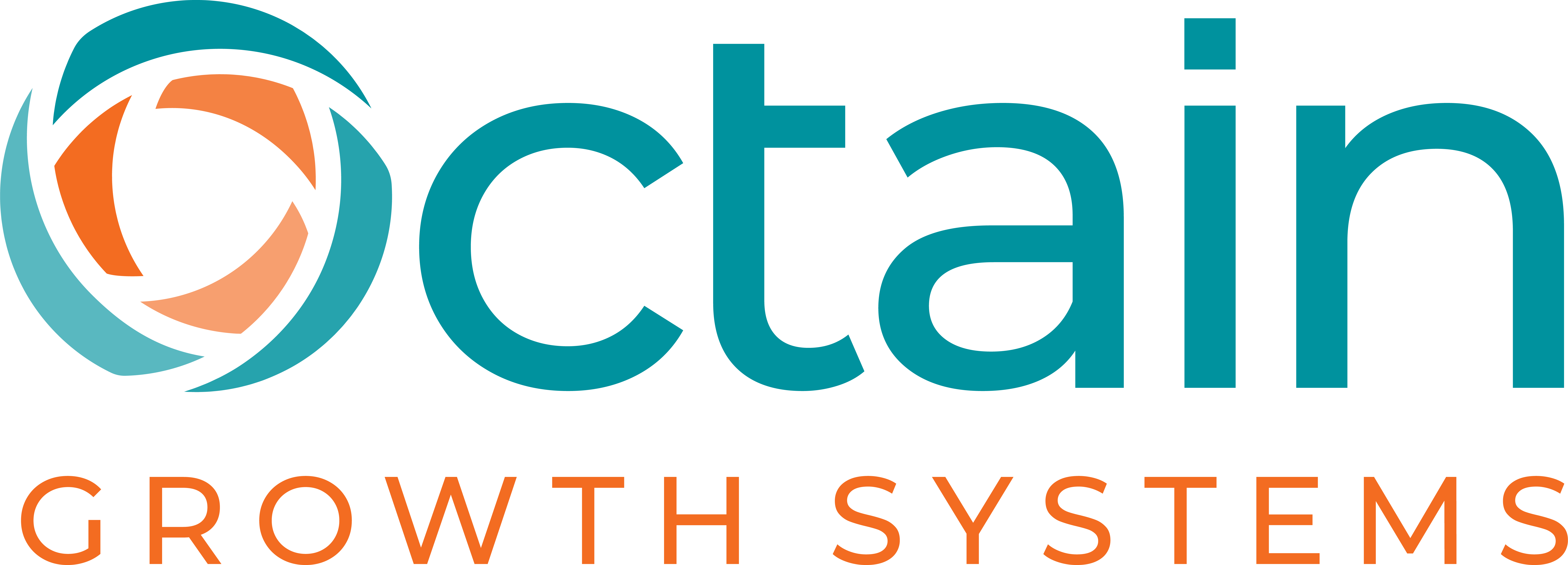Nobody likes bad news!
Especially when they have built a successful business and are ready to reap their well-earned rewards.
Take the case of Sarah.
Sarah had built her company from scratch, turning it into a $10 million-a-year powerhouse.
On paper, Sarah’s success was undeniable—her revenues were climbing, her products were in demand, and her company was growing. But when she decided to sell, reality hit hard.
“Sarah’s business looked impressive on the surface,” Greg Stanley, President of Accelerant Consultants recalls. “But when we dug deeper, buyers found issues—customer concentration, thin profit margins, no cohesive go-to-market strategy, and a company that completely depended on her to function.
The valuation she was expecting? Nowhere close to what buyers were willing to pay.”
It was a tough pill to swallow, but for Sarah, it became an opportunity.
With guidance, she spent three years reworking her business, addressing weak points, and scaling intentionally. By the time she returned to the market, her company sold for double her original asking price.
Her story isn’t unique. For many business owners looking to scale and exit, the gap between growth and long-term value can feel insurmountable.
But as Stanley, a trusted voice in business transitions, points out: “Successful exits aren’t about luck. They’re about preparation.”
Here are some of Greg’s most actionable insights to help business owners and exit planners scale smartly—and prepare for a profitable, hassle-free handoff.
1. Profitability Over Growth for Growth’s Sake
One of the biggest mistakes business owners make is equating growth with value. While top-line revenue can look impressive, it doesn’t always translate to profitability—and that’s what buyers value most.
“Here’s the truth,” Stanley explains, “many business owners focus on revenue, thinking it’s a magic bullet for a higher valuation. But if your margins are thin or your revenue streams aren’t sustainable, it’s not going to matter.”
To avoid this trap, Stanley recommends asking yourself three fundamental questions:
- Who is your ideal customer? Are they contributing to profitability or draining resources?
- Does your revenue strategy support long-term organizational health?
- Are your margins consistent and scalable?
He adds, “Trim the fat. If a product or client isn’t contributing to your profitability, adjust your model, or cut it loose. Buyers value businesses with a proven ability to generate sustained profit over time—not top-line growth at lower margins.”
2. Start Planning Your Exit 3-5 Years in Advance
A common pitfall Stanley observes is owners waiting too long to think about their exit strategy. Whether they’re caught up in day-to-day operations or simply don’t know where to start, they often miss the opportunity to maximize value.
“Exit planning isn’t something you do a few months before going to market,” Greg says. “You need to start 3-5 years in advance. That’s the sweet spot to address risks and optimize your business for sale.”
What risks should you focus on? According to Stanley, the top three are:
- Customer concentration: “If too much of your revenue comes from a small group of customers, it’s a red flag for buyers. Diversify while you still can.”
- Dependence on the owner: “Buyers don’t want a business that will crumble the moment you step away. Build systems and empower a strong leadership team.”
- Inconsistent financials: “Document a steady history of profitability for at least three years. Buyers trust data over promises.”
This approach doesn’t just give you time to fix underlying vulnerabilities—it also makes your business more attractive to savvy buyers looking for a low-risk investment.
3. Shift from a Scarcity to an Abundance Mindset
Scaling sustainably and preparing for a successful exit often requires a major change in mindset. Stanley observes that many founders operate with what he terms a “scarcity mindset,” where they prioritize short-term, non-strategic wins over long-term strategy.
“For every minute you’re chasing minimally profitable, top-line revenue, selling unprofitable products or services, or serving customers who don’t meet acceptable profitability metrics, you are creating an opportunity cost that prevents you from maximizing organizational value. Not all revenue is good revenue!,” he explains. “An abundance mindset means stepping back and asking, ‘What does my business need to look like three years from now to maximize value and attract a serious buyer?’”
This mindset shift can prompt essential questions, such as:
- Are there gaps in my systems or processes that need to be addressed?
- Have I built a business that can thrive without me?
- What do I need to cut, add, or refine to maximize value for a buyer?
“Think of your business as if you’re selling it tomorrow,” Stanley says. “Would you be happy with what a buyer finds? If not, now’s the time to fix it.”
4. Build a Business Buyers Want
Finally, Greg emphasizes the importance of creating a business that’s turnkey for any buyer, not just one that produces a nice lifestyle income for you. “Buyers are looking for businesses that run like a well-oiled machine, with scalable systems, clear documentation, and compelling differentiation,” he says.
His actionable advice?
- Showcase resilience: Codify structures and processes to ensure the business can run without its owner.
- Clean your books: Ensure all financials are above board, consistent, and easy to understand.
- Eliminate ‘hair on the deal’: Minimize disputes, liabilities, or ambiguities that might turn buyers off.
Buyers value clarity, predictability, and simplicity. The less risk they perceive, the higher they’re willing to bid.
5. Don’t Grow for Growth’s Sake!
Scaling your business is a thrilling journey, but as Greg Stanley reminds us, it’s also one that demands strategic focus. “Don’t just grow for growth’s sake,” he says. “Grow intentionally. The decisions you make today will determine your opportunities tomorrow.”
Are you ready to build a business buyers can’t resist? It’s never too early to start preparing for your exit.
Contact Greg Stanley at gstanley@accelerantconsultants.com.
Want to know how well your marketing working? Book an Octain Marketing Audit today.

